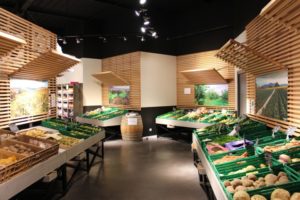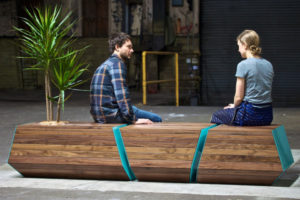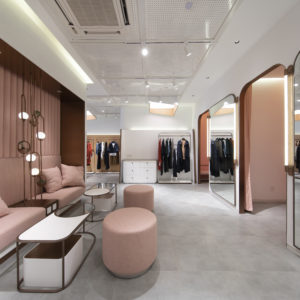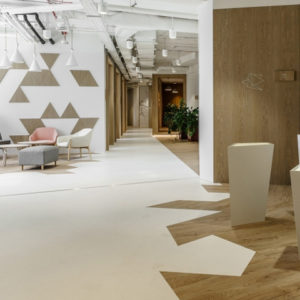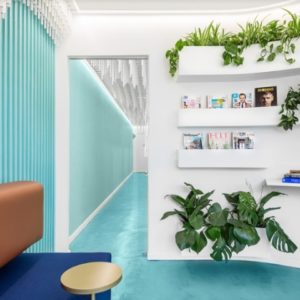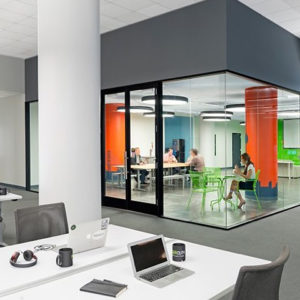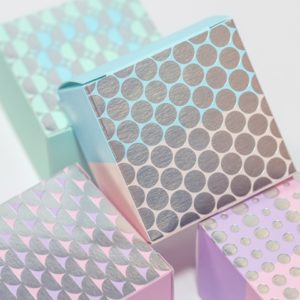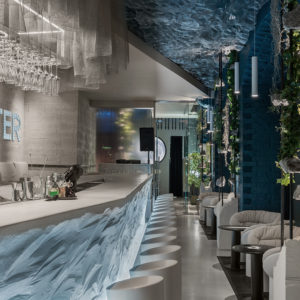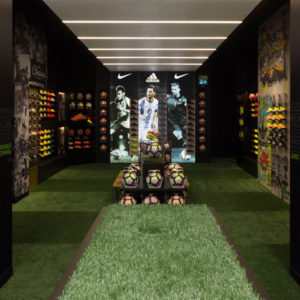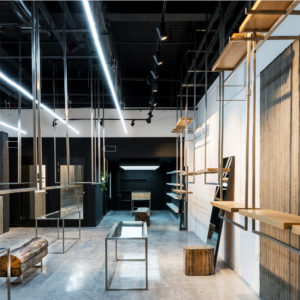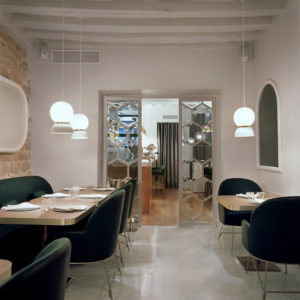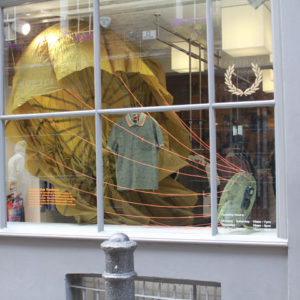
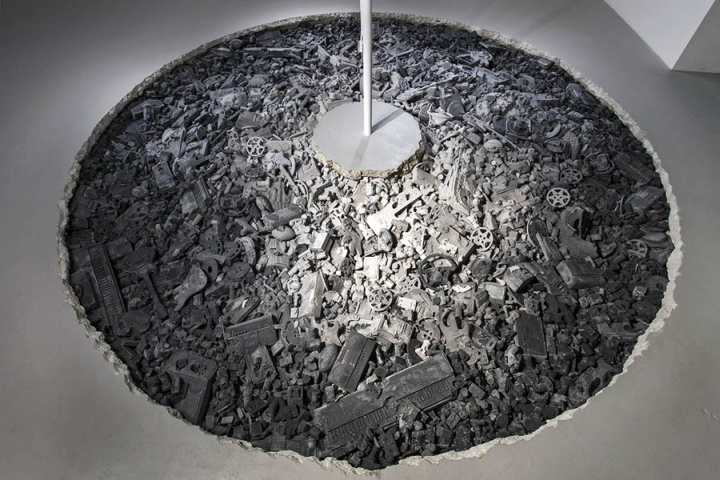

Artist and architect Daniel Arsham is a master of form, conjuring contemporary consumer objects into archeological artefacts and materialising ghostly figures in the most unexpected of manners. His work can be seen in Frame’s newest book Postdigital Artisans and is currently on show at The Watermill Center in the state of New York. For the exhibition, which opened earlier this month and continues until June, Arsham has created a site-specific sculpture similar to his other draped, hollow figures that have been seen hauntingly hovering in galleries across Europe and the United States in recent years. Blending architecture with the visual arts, Arsham transforms surface and space into a visceral interaction between the viewer and the work.
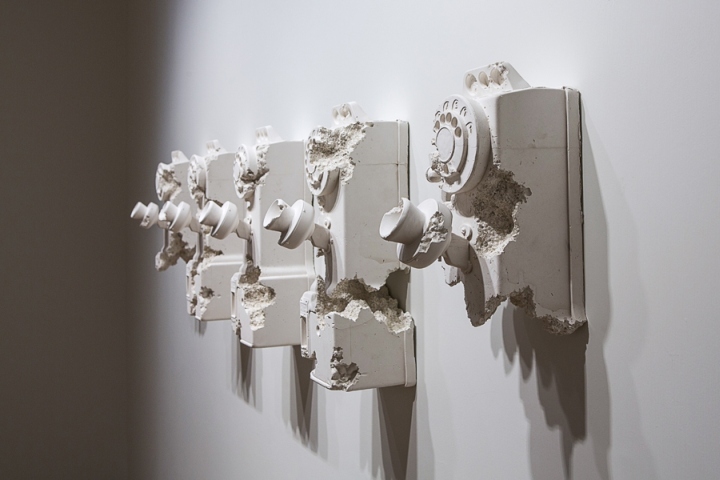
The author of Postdigital Artisans, Jonathan Openshaw, comments on the artist’s approach, ‘The fascination with unusual material qualities means Arsham’s work seems to flow, dribble and crumple where you would expect it to remain rigid. Walls enfold human figures, shattered glass coalesces into solid sculpture, and volcanic ash takes on the form of everyday commodities.’ Creating modern-day relics from record players to electric guitars, the digital is clearly a source of inspiration in his work – although he very rarely uses digital processes in his designs, opting instead for handcraft. Arsham states, ‘I am completely fascinated with the future, and films that depicts the future have been a constant source of inspiration for me since I was a child. I think digital technologies show us a glimpse of the future before we can actually experience it. It’s an invitation to rethink what the future can bring.’
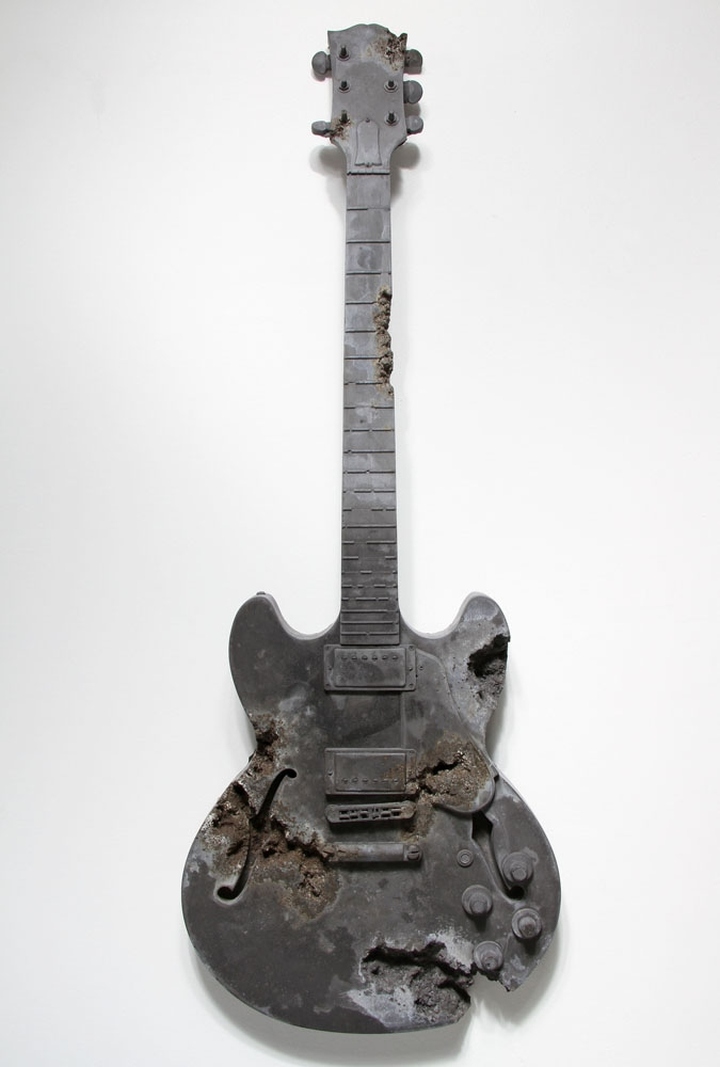
Back in the moment, he mines everyday experience for opportunities to confuse and confound expectations of space and form. Simple yet paradoxical gestures dominate his sculptural work: a facade that appears to billow in the wind, a figure wrapped up in the surface of a wall, a contemporary object cast in volcanic ash. ‘I look for cues in materials and nature as something that I can draw on in my work, and always seek processes that I can follow – moulding, melding, rippling,’ he says. ‘I want to make things behave in a way that they’re not supposed to.’
Photos courtesy of the designer
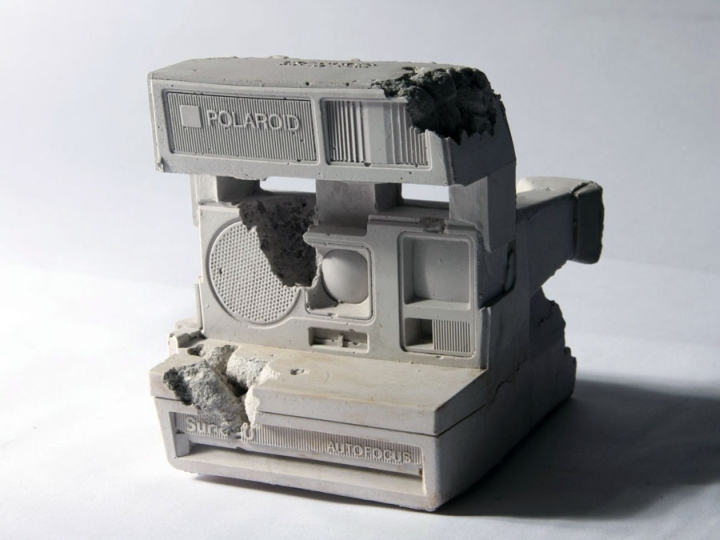

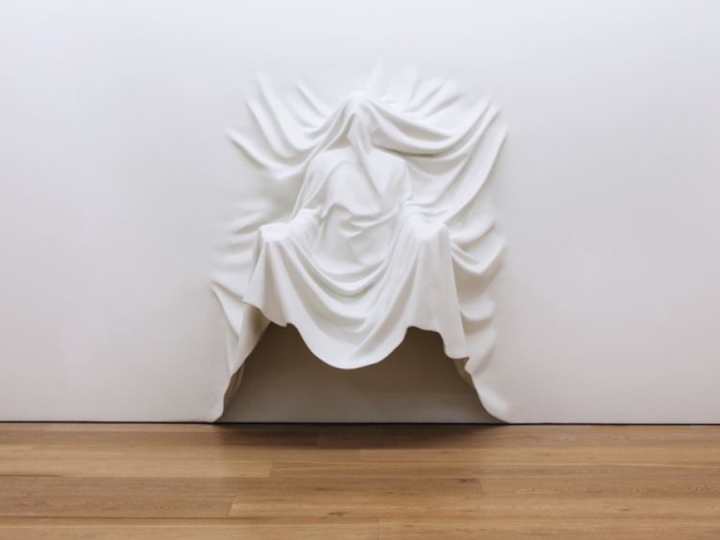
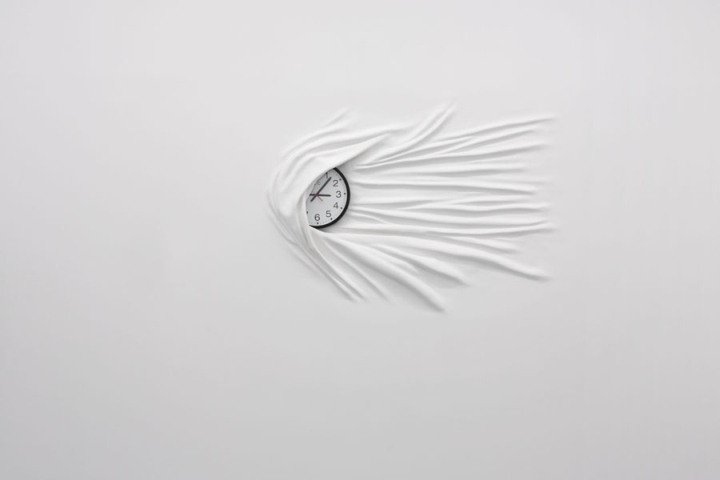
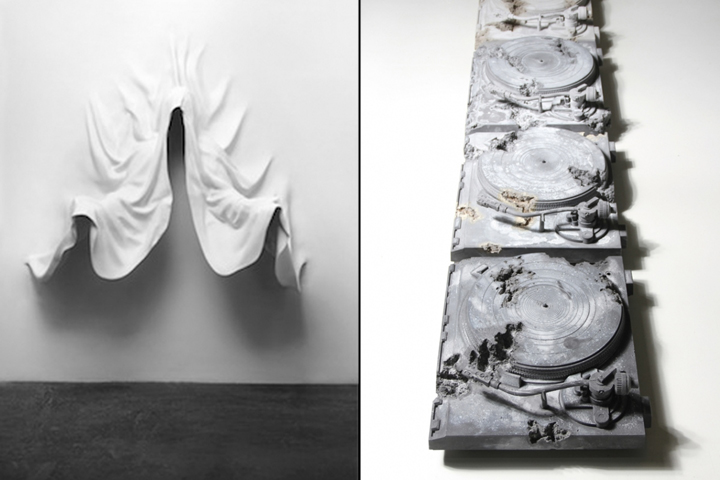
via Frameweb







